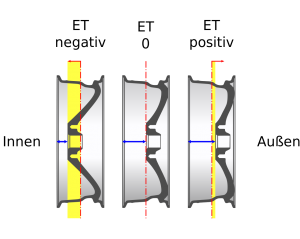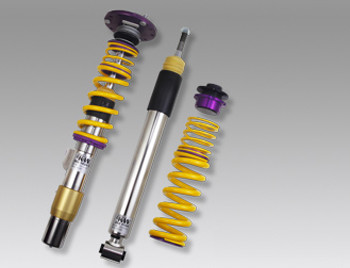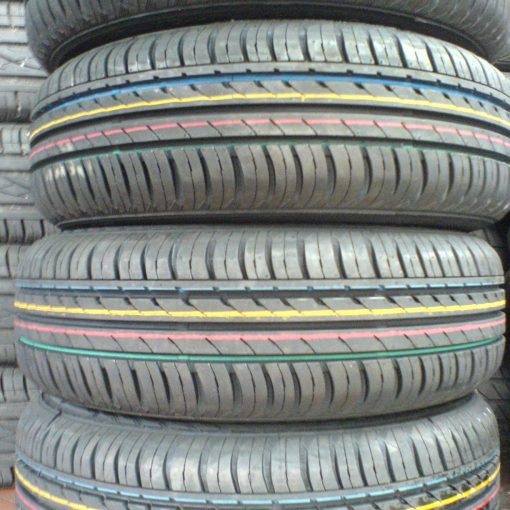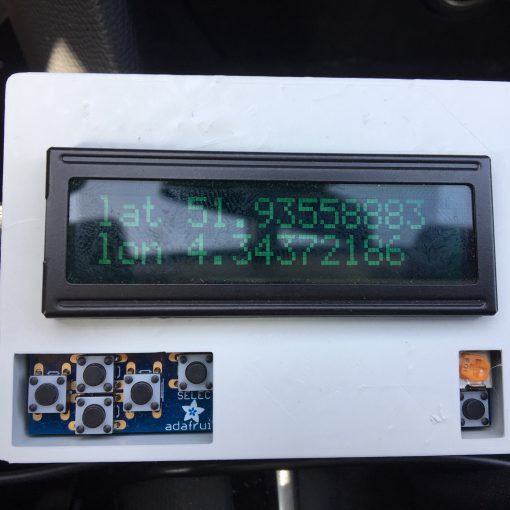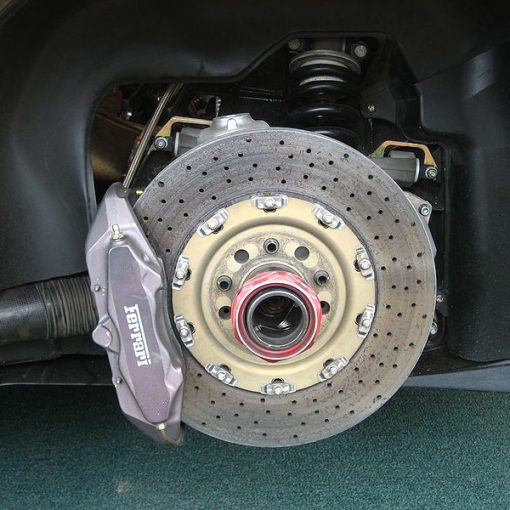There are two aspects of wheels that are important: diameter and weight.
Diameter
There was a time when 16″ wheels were large, but these days that’s a standard size on pretty much anything. 19″ and larger with tires with rather low walls are quite common now. This might lead one to think that bigger wheels are better. This is not necessarily the case, because of a) weight (see below) and b) the role of the tyre in the suspension setup.
The tyre wall flexes, and as such is part of the suspension system, together with springs and shock absorbers. A very stiff wall barely flexes, leading to an uncomfortable ride (something that run flat tyres are known for) and less grip. Transferring more of the damping to the tyres makes it possible to stiffen up shocks & springs, resulting in less body roll and more predictable load transfer. Because of this, I’m a proponent of running close to the smallest wheel diameter that is possible (governed by brake disc size), something that is often seen on race cars, too. There are limits to this, though, as very tall tyre walls reduce steering precision and feel spongy.
Weight
Wheels/rims are an easy way of doing weight reduction. There are two reasons why low wheel weight is even more important than weight reduction elsewhere:
- Wheels are unsprung mass. Heavier wheels bounce more on bumps, reducing grip.
- Wheel are rotating mass. Heavier wheels have a higher moment of inertia, meaning that more torque is required to change their speed, i.e. accelerate or brake. Note that the weight distribution is important here – the further the mass is from the rotation centre (the hub), the higher the moment of inertia. A light tyre is thus important, too.
Wheels should thus be first when you want to do weight reduction. Brands that are known for lightweight wheels are Apex, Enkei, Breyton, ATS, Motec, ProTrack, and OZ. 17″ wheels can be had below 7kg, where an OEM wheel will often be 10kg and more. There are significant weight differences between different OEM wheel in the same size, but it is often difficult to find out the exact weight.
Dimensions
It can be a challenge to find a fitting set of wheels. Not only diameter and width have to be correct – other parameters are the number of bolts, the diameter of the circle through the bolt holes, the hub diameter, and the offset. The latter is the distance between the centre of the wheel and the surface that contacts the hub. Wheels with a larger offset than the OEM wheels will be further inward, something than can be fixed with spacers. Wheels with a smaller offset are further outward. While small differences to manufacturer specifications are usually not a problem, larger differences can lead to wheel rubbing inside the wheel arches or stick too far out and rub against the fenders. Both may cause increased wear and poor handling.
